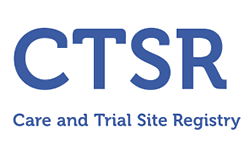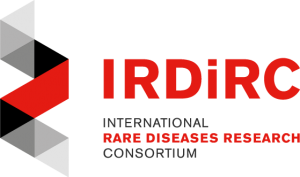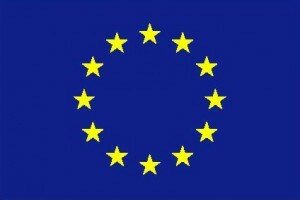Authors
Valentina Sardone, Haiyan Zhou, Francesco Muntoni, Alessandra Ferlini and Maria Sofia Falzarano
Journal
Molecules 2017, volume 22, issue 4, pages 563
Publication date
April 2017
Abstract
Neuromuscular disorders such as Duchenne Muscular Dystrophy and Spinal Muscular Atrophy are neurodegenerative genetic diseases characterized primarily by muscle weakness and wasting. Until recently there were no effective therapies for these conditions, but antisense oligonucleotides, a new class of synthetic single stranded molecules of nucleic acids, have demonstrated promising experimental results and are at different stages of regulatory approval. The antisense oligonucleotides can modulate the protein expression via targeting hnRNAs or mRNAs and inducing interference with splicing, mRNA degradation, or arrest of translation, finally, resulting in rescue or reduction of the target protein expression. Different classes of antisense oligonucleotides are being tested in several clinical trials, and limitations of their clinical efficacy and toxicity have been reported for some of these compounds, while more encouraging results have supported the development of others. New generation antisense oligonucleotides are also being tested in preclinical models together with specific delivery systems that could allow some of the limitations of current antisense oligonucleotides to be overcome, to improve the cell penetration, to achieve more robust target engagement, and hopefully also be associated with acceptable toxicity. This review article describes the chemical properties and molecular mechanisms of action of the antisense oligonucleotides and the therapeutic implications these compounds have in neuromuscular diseases. Current strategies and carrier systems available for the oligonucleotides delivery will be also described to provide an overview on the past, present and future of these appealing molecules.
DOI link
10.3390/molecules22040563



